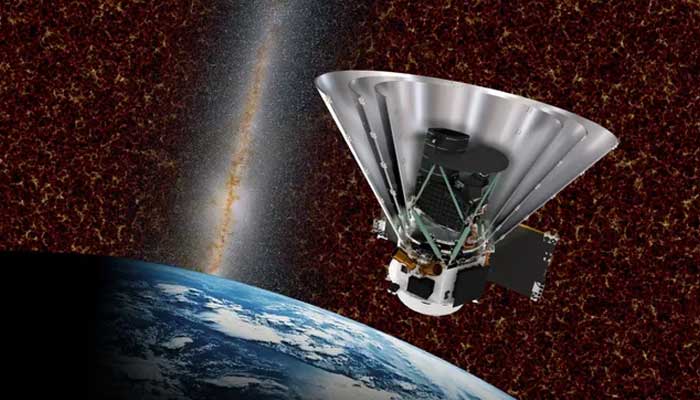NASA Spacecraft Embarks on Daring Journey to the Sun

In a groundbreaking achievement, NASA's spacecraft has successfully survived its closest approach to the Sun, marking a major milestone in the field of space exploration. The spacecraft, launched in 2018, employed a unique method of orbit, utilizing flybys of Venus to reach its target. On December 24, the spacecraft reached a staggering distance of 3.8 million miles from the Sun, a feat that has left scientists and engineers in awe. This daring journey is aimed at helping scientists gain a deeper understanding of Earth's closest star, and the data collected during this mission will be instrumental in advancing our knowledge of the Sun's behavior and properties. The spacecraft's remarkable achievement has sparked widespread interest and excitement, with many hailing it as a significant step forward in the pursuit of space discovery.
Similar Perspectives
Facts that align with the main story
date_of_approach: December 24
distance_from_sun: 3.8 million miles (6.1 million kilometers)
spacecraft_launch_year: 2018
Science>

Nasa launching new space telescope which may be better than JWST
published 320 days ago

Arctic Emissions Exceed Carbon Storage: Climate Change Impacts Worsen
published 374 days ago

Chinese Scientists Develop Climate-Resistant Potatoes to Combat Global Warming
published 383 days ago

Ancient Human Species Coexistence Revealed by Fossil Footprints
published 386 days ago

Scientists Discover Highest Energy Cosmic Ray Electrons Ever Seen
published 389 days ago

Astronomers Discover Fast-Forming Alien Planet Challenging Current Theories
published 390 days ago
Fact Comparison
| Fact | Dawn | The Nation |
|---|---|---|
| date_of_approach | December 24 | December 24 |
| distance_from_sun | 3.8 million miles (6.1 million kilometers) | 3.8 million miles (6.1 million kilometers) |
| spacecraft_launch_year | 2018 | 2018 |
| method_of_orbit | Flybys of Venus | Flybys of Venus |
| mission_objective | Help scientists learn more about Earth's closest star | Help scientists learn more about Earth's closest star |
News Sources
Reader Comments
Similar Perspectives
Facts that align with the main story
date_of_approach: December 24
distance_from_sun: 3.8 million miles (6.1 million kilometers)
spacecraft_launch_year: 2018
Science>

Nasa launching new space telescope which may be better than JWST
published 320 days ago

Arctic Emissions Exceed Carbon Storage: Climate Change Impacts Worsen
published 374 days ago

Chinese Scientists Develop Climate-Resistant Potatoes to Combat Global Warming
published 383 days ago

Ancient Human Species Coexistence Revealed by Fossil Footprints
published 386 days ago

Scientists Discover Highest Energy Cosmic Ray Electrons Ever Seen
published 389 days ago

Astronomers Discover Fast-Forming Alien Planet Challenging Current Theories
published 390 days ago
1737372268-0/meghan-(6)1737372268-0.jpg)

_updates.jpg)





_updates.jpg)